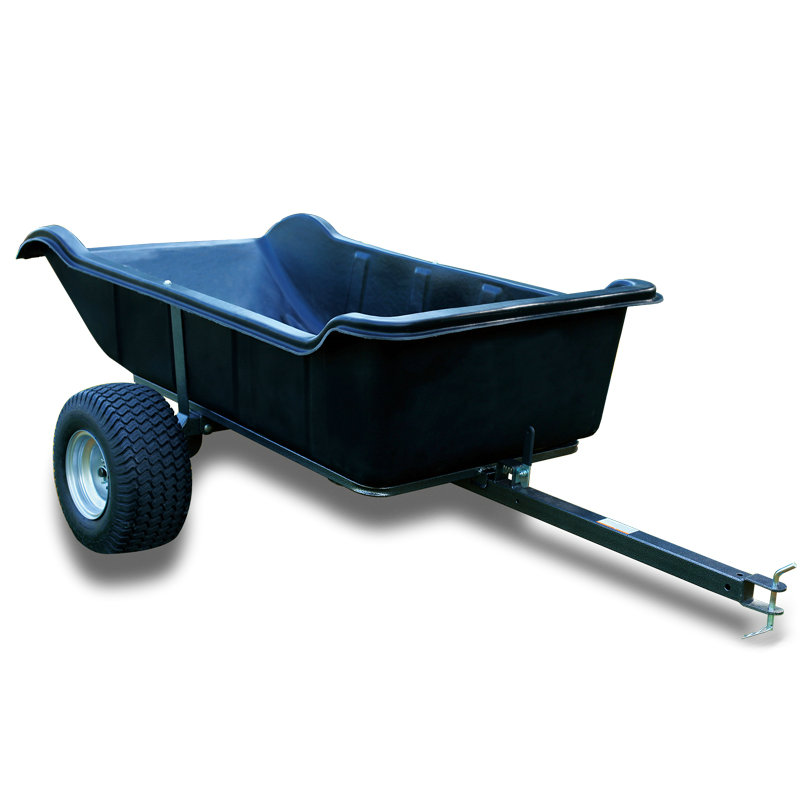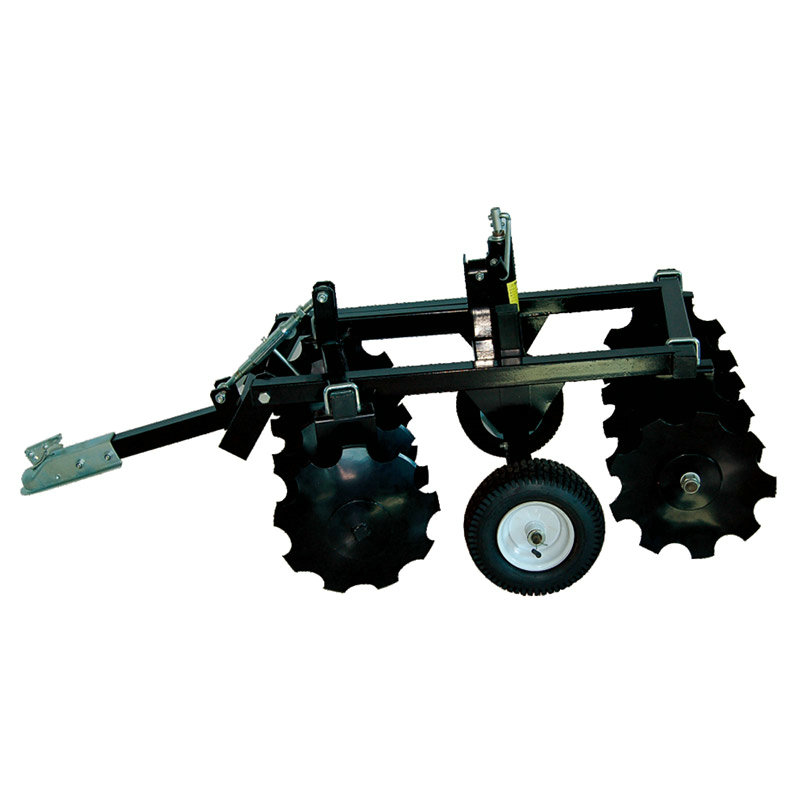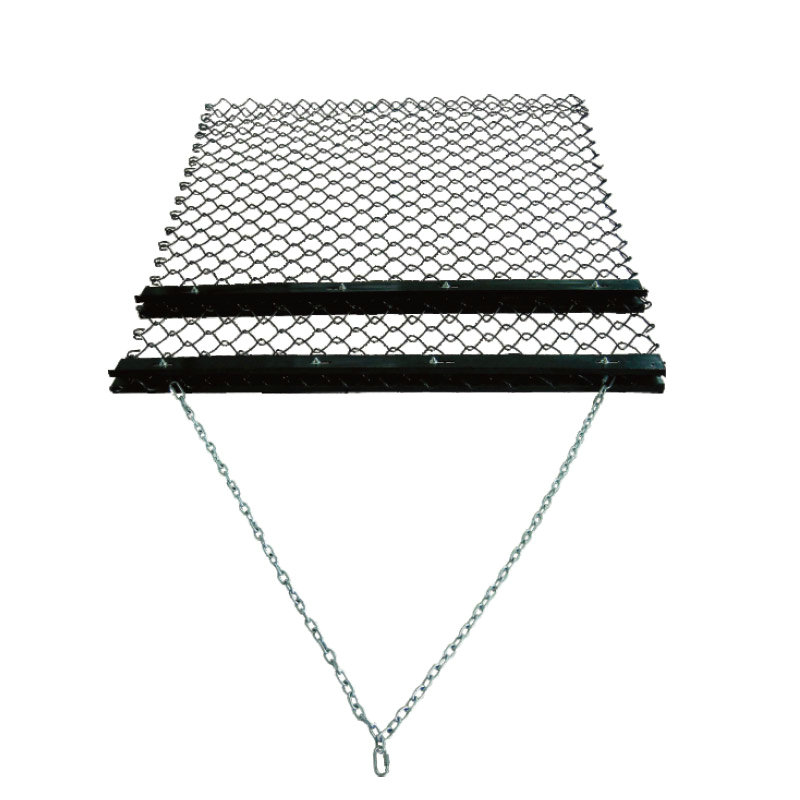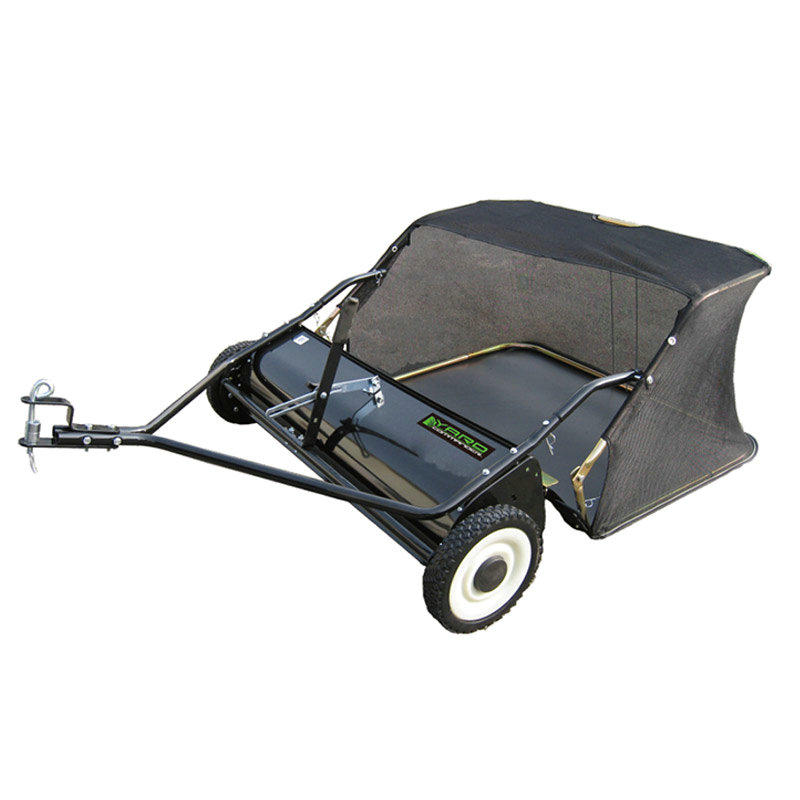A Gas Log Splitter-Dual Action, also known as a dual action kinetic log splitter, operates differently from traditional hydraulic log splitters. While hydraulic log splitters use hydraulic pressure to split logs, dual action log splitters combine hydraulic power with kinetic energy to achieve faster and more efficient log splitting. Here's how a Gas Log Splitter-Dual Action works:
Hydraulic System: Dual action log splitters have a hydraulic system that powers the machine. This hydraulic system is responsible for controlling the movement of a heavy flywheel and the splitting wedge.
Flywheel: The heart of the dual action log splitter is a heavy flywheel, which is often attached to the engine. The flywheel serves as an energy storage mechanism. When the engine is running, it drives the flywheel to spin rapidly, storing kinetic energy in the process.
Splitting Wedge: Positioned at the end of the flywheel's rotation path, there's a splitting wedge. This wedge is what actually splits the logs. It's attached to a movable arm that connects to the hydraulic system.
Dual Action Mechanism: Here's where the "dual action" part comes into play. When you engage the log splitter, the hydraulic system activates. It uses hydraulic pressure to control the movement of the flywheel and the splitting wedge.
Forward Stroke: During the forward stroke, the hydraulic system pushes the heavy flywheel and the splitting wedge toward the log that needs to be split. As the flywheel moves forward, it transfers its stored kinetic energy to the wedge.
Log Splitting: When the flywheel reaches the end of its forward stroke, all the stored kinetic energy is released into the splitting wedge, propelling it into the log. The kinetic energy acts like a hammer, driving the wedge into the log and causing it to split. This is the first split.
Return Stroke: After the forward stroke, the hydraulic system then retracts the flywheel and the splitting wedge. This is where the "dual action" aspect really shines. During the return stroke, the hydraulic system continues to apply pressure, allowing the splitting wedge to split the log once again on its way out. This means that every cycle of the log splitter results in two splits—one during the forward stroke and another during the return stroke.
Repeat: The process repeats for each log you feed into the log splitter. The continuous forward and return strokes, each producing a split, make the dual action log splitter significantly faster and more efficient compared to traditional hydraulic log splitters.
In summary, a Gas Log Splitter-Dual Action operates by harnessing the power of a rapidly spinning flywheel to store and release kinetic energy, allowing the splitting wedge to split logs both when it's moving forward and when it's returning. This dual action mechanism results in faster log splitting and increased efficiency, making it an excellent choice for those with substantial log splitting needs.

 see more
see more
 see more
see more
 see more
see more
 see more
see more


